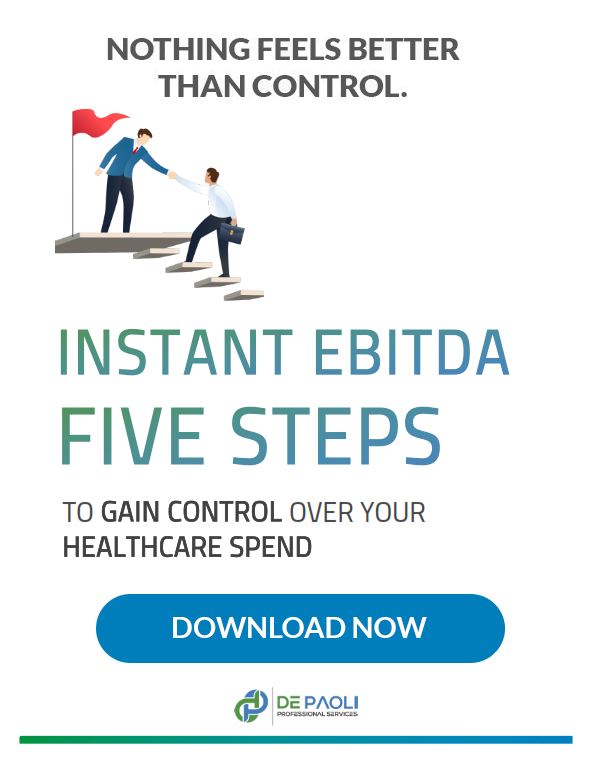Why Premium Hikes Aren’t a Given
Ask almost any business owner and they’ll tell you that rising health insurance rates have come to feel like a fact of life. Every year, like clockwork, premiums go up. For many mid-sized companies, this has become a frustrating cycle with little room to plan or control costs. But this doesn’t have to be the norm.
The real story is that premium hikes aren’t inevitable. Behind those numbers are drivers you can identify and, in many cases, influence. Understanding where these increases come from is the first step in breaking the cycle. Beyond that, there are options available that most mid-market companies haven’t been shown—options that can keep costs steady or even lower them over time.
What Really Drives Higher Premiums
The cost of a health plan is shaped by more than just insurance company overhead. One of the biggest factors is simply the price of care itself. As hospitals, clinics, and drug companies continue to push prices higher, those increased costs are passed along to insurers, who then raise premiums for employers. It’s a chain reaction that often feels out of control.
Another driver is how much a group actually uses their plan. If your workforce submits more claims than the carrier expected, especially high-cost ones, the renewal pricing will usually reflect that. This isn’t necessarily about misuse—chronic conditions or expensive treatments for just a few employees can be enough to affect the group’s overall risk profile.
Then there are changes to regulations. Whenever new rules get added to how plans must be structured or reported, insurers often respond by adding the associated cost right into the premium. While these adjustments might seem small on their own, they quickly add up and contribute to the yearly increases businesses have come to expect.
Better Options Are Already Available
The good news is that employers don’t have to sit back and accept rising premiums year after year. There are proven strategies that offer more control over how dollars are spent on healthcare. One option gaining traction among mid-size companies is self-funding. Instead of paying fixed premiums to an insurer, the company pays for actual claims as they come in, often with stop-loss protection to manage risk. This lets businesses keep more control over what they spend and how it’s used.
Other funding models can offer predictability while still allowing savings. Level-funded plans, for instance, provide a set monthly rate that’s partially based on expected claims but returns unused funds if costs run lower. Individual Coverage Health Reimbursement Arrangements (ICHRA) also give companies more flexibility by shifting plan selection to employees while setting a fixed budget for the employer.
Wellness initiatives can have a longer-term impact. Encouraging preventive care, supporting mental health, and identifying gaps in routine healthcare can lead to better outcomes for employees and fewer expensive claims overall. On top of that, more businesses are now using data to make smarter decisions about plan design. By reviewing claims trends and usage patterns, leaders can fine-tune plans so costs stay manageable without cutting critical benefits.
Working with Providers, Not Just Carriers
Stepping outside of the traditional insurance framework can also make a difference. Some employers are choosing to negotiate directly with hospitals, doctors, and health networks to build lower-cost partnerships. While this approach used to be limited to large corporations, more mid-sized firms are now exploring direct contracts for services and facilities where employees go most often.
This can lead to better rates and more customized care that aligns with what your team actually needs. It also creates a cleaner view of where money is being spent, helping companies see the true value of their investment in health benefits. When you work directly with those providing the care, you build a relationship based on cost transparency and shared goals.
These strategies may require a new way of thinking, but they aren’t out of reach. With the right guidance and planning, companies can step back from the routine of annual price hikes and start getting real value out of their healthcare spend.
A New Path Forward
For years, the assumption has been that healthcare costs only go in one direction—up. But companies that take the time to understand the mechanics of premium pricing and explore better strategies are finding that isn’t necessarily true. Mid-market businesses aren’t stuck. They have choices.
By stepping away from the fully insured model, considering new funding approaches, promoting proactive wellness, and using data in smarter ways, businesses can regain control. Combine that with more direct provider relationships, and health benefits can once again become a strategic advantage instead of just a cost center.
The idea that premium increases are guaranteed each year is just that—an idea. With the right strategy, it’s possible to create plans that are sustainable, cost-efficient, and designed for long-term stability.
Struggling to manage rising healthcare costs while keeping employee benefits competitive?
At Altiqe, we help mid-market companies take control of their healthcare strategy—with better data, aligned incentives, and expert guidance you can trust. No more compromises between cost and care. Let’s find a smarter path forward, together.




